Do Fiber Gummies Work? A Dietitian’s Honest Review

In the world of wellness, quick fixes are always tempting. Colorful, candy-like fiber gummies seem like the perfect, painless solution to boost your digestive health.
They fill social media feeds and pharmacy shelves, promising to help you meet your daily fiber goals with a simple, tasty chew. But as a registered dietitian, I always encourage a closer look at what’s behind the marketing.
Are these gummies a legitimate health hack or just a sweet treat in disguise? In this article, we’ll unpack the science, weigh the real-world benefits against the drawbacks, and give you the information you need to decide if they deserve a place in your pantry.
What’s Actually in a Fiber Gummy?
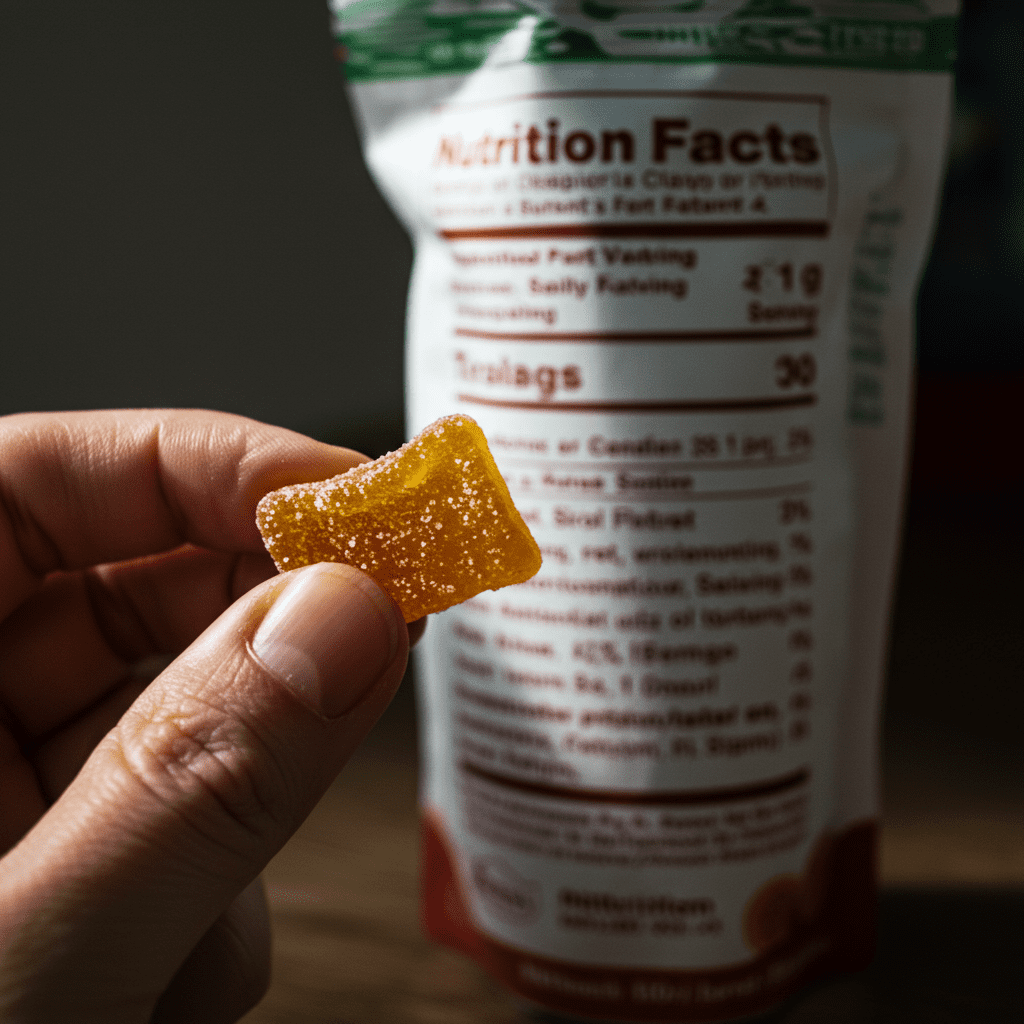
Before we can judge their effectiveness, we need to know what we’re eating. Most fiber gummies get their fiber from a few key sources, primarily soluble fibers.
Unlike the mix of fibers you get from an apple or a bowl of oatmeal, gummies usually contain an isolated type. The most common you’ll see on ingredient lists is inulin or chicory root fiber.
This is a type of prebiotic fiber, meaning it acts as food for the beneficial bacteria in your gut. Another common one is polydextrose, a synthetic polymer of glucose.
While these can add to your fiber count, they are very different from the complex matrix of fiber, vitamins, minerals, and antioxidants found in whole foods. They also often contain a significant amount of sugar, sugar alcohols, or artificial sweeteners to make them palatable, along with gelatin or pectin for that signature chewy texture.
How Do They Claim to Help Your Digestion?
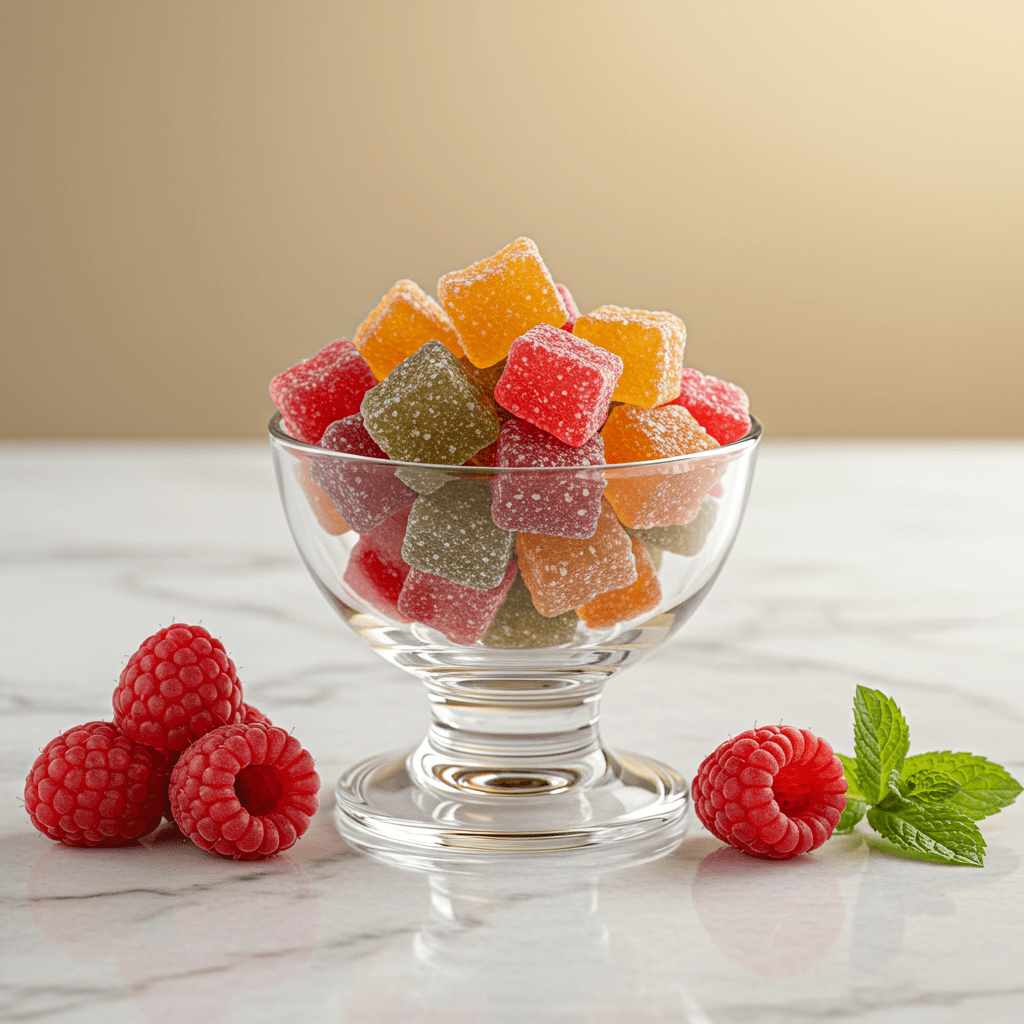
The primary mechanism behind fiber gummies is the function of soluble fiber. When you eat a gummy and drink water, the soluble fiber within it dissolves to form a gel-like substance in your digestive tract.
This gel has a few key effects. First, it can help soften stool, making it easier to pass and potentially easing constipation.
Second, by forming this gel, it slows down digestion. This can help you feel fuller for longer and, as research from the Mayo Clinic suggests, can also help blunt blood sugar spikes after a meal by slowing the absorption of sugar.
Finally, the prebiotic fibers like inulin are fermented by your gut bacteria, which can promote a healthy microbiome. While this all sounds great on paper, the isolated nature of this fiber means you’re missing out on the ‘bulking’ action of insoluble fiber, which is crucial for adding substance to stool and promoting regularity.
So, Can They Really Help with Constipation?

This is the number one reason most people reach for fiber gummies. The short answer is: yes, they can help, but with some major caveats.
Studies have consistently shown that supplementing with soluble fiber can increase stool frequency and softness in people with constipation. A landmark 2012 meta-analysis in the American Journal of Gastroenterology confirmed that fiber supplements are effective in treating chronic constipation.
However, the dose and type of fiber matter. Many gummies provide only 3-5 grams of fiber per serving. When you consider that the daily recommendation is 25 grams for women and 38 for men, according to the Harvard T.H. Chan School of Public Health, you’d have to eat a large number of gummies to make a significant impact—which is not recommended.
For mild irregularity, a daily gummy might offer some gentle support, but it’s unlikely to resolve more persistent issues on its own.
What Are the Downsides Nobody Talks About?
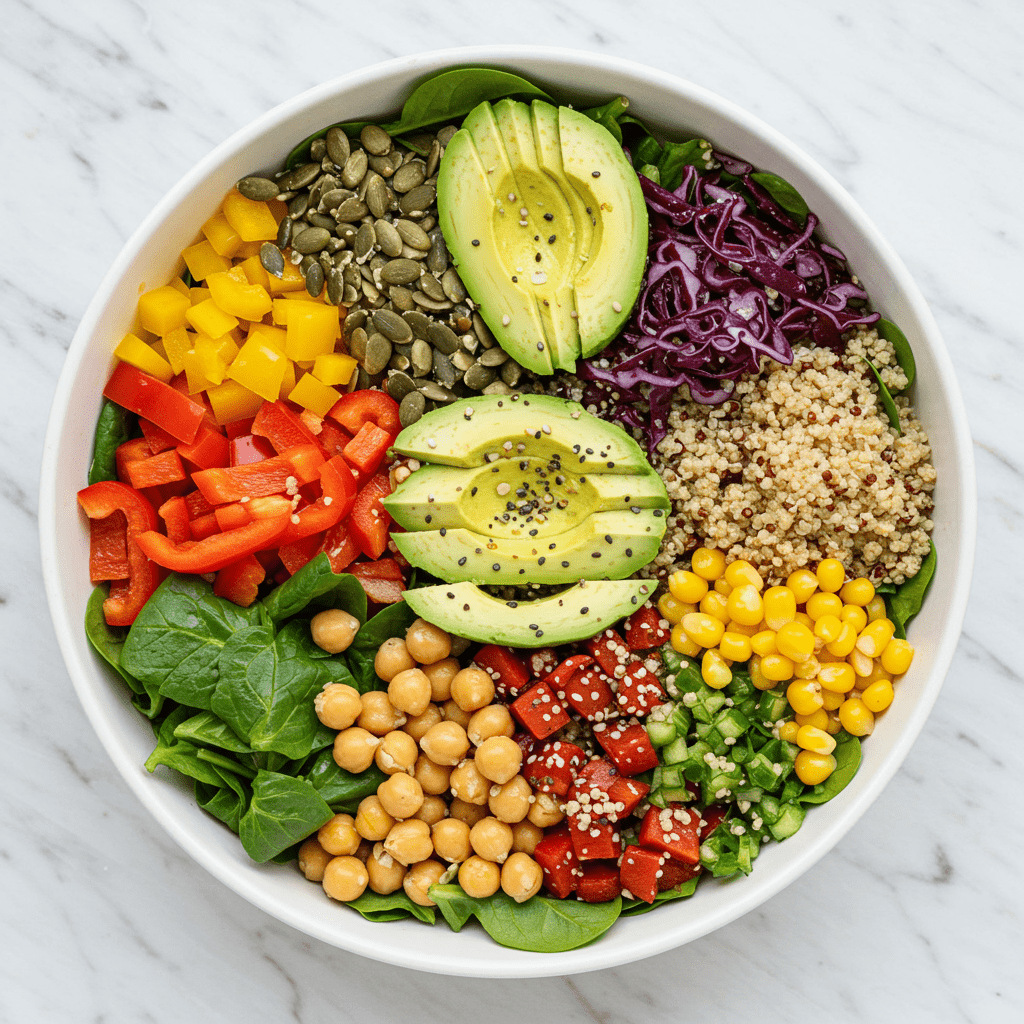
This is where a dietitian’s perspective is crucial. While the front of the bottle boasts benefits, the nutrition label can tell a different story.
Firstly, the added sugar is a real concern. A single serving can contain 2-8 grams of sugar, which can quickly add up and work against other health goals.
Secondly, the very thing that makes them work—fermentable fiber—can cause significant digestive distress for some. As experts at Monash University, leaders in FODMAP research, explain, fibers like inulin are rapidly fermented by gut bacteria, producing gas.
For people with Irritable Bowel Syndrome (IBS) or general sensitivity, this can lead to uncomfortable bloating, cramping, and gas. It’s essential to start with a small dose and drink plenty of water to mitigate these effects, but some people will simply not tolerate them well.
How Do Gummies Compare to Actual Food?
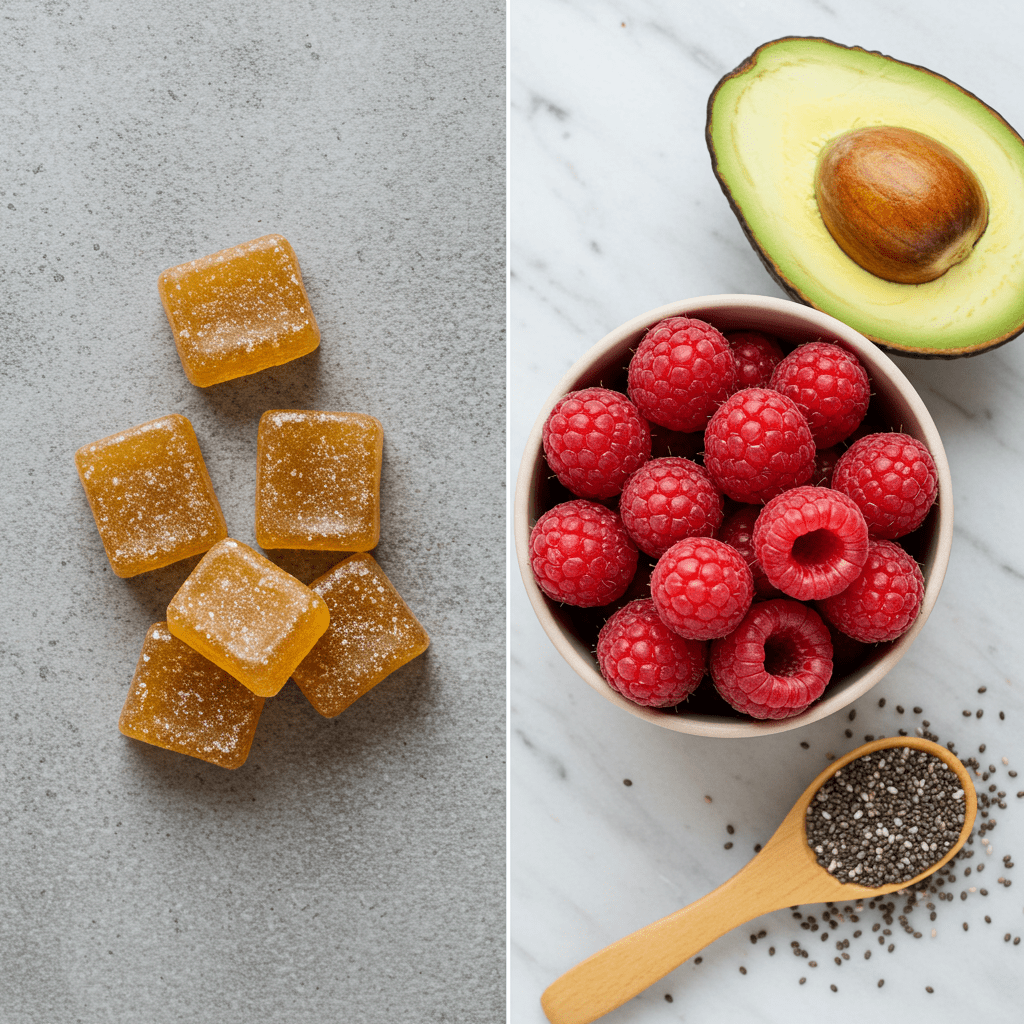
There really is no comparison. Let’s put it in perspective.
Two fiber gummies might give you 4 grams of fiber and 5 grams of sugar. For the same number of calories, you could eat half a cup of raspberries, which provides 4 grams of fiber plus antioxidants, vitamin C, and no added sugar.
A single tablespoon of chia seeds offers 5 grams of fiber, along with omega-3 fatty acids, protein, and minerals. Whole foods provide a synergistic blend of nutrients that work together.
Fiber from food comes packaged with both soluble and insoluble types, vitamins, minerals, and phytonutrients that a gummy simply cannot replicate. Relying on gummies creates a nutritional blind spot, filling a single need while ignoring the broader picture of what your body requires to thrive.
What Should You Look For on the Label?

If you decide that fiber gummies are a good supplemental option for you, being a savvy shopper is key. First, flip the bottle over and check the ‘Sugars’ and ‘Added Sugars’ line.
Opt for brands with less than 2 grams of added sugar per serving. If it’s sweetened with sugar alcohols like sorbitol or mannitol, be aware these can also cause digestive upset for some.
Second, look for a third-party certification seal from organizations like NSF International or USP. As dietary supplements are not tightly regulated by the FDA, these seals verify that the product contains what the label says it does and is free from contaminants.
This is a critical marker of quality and safety. Finally, note the type of fiber used and start with the lowest recommended dose to see how your body tolerates it.
Are There Better Ways to Boost Your Fiber Intake?
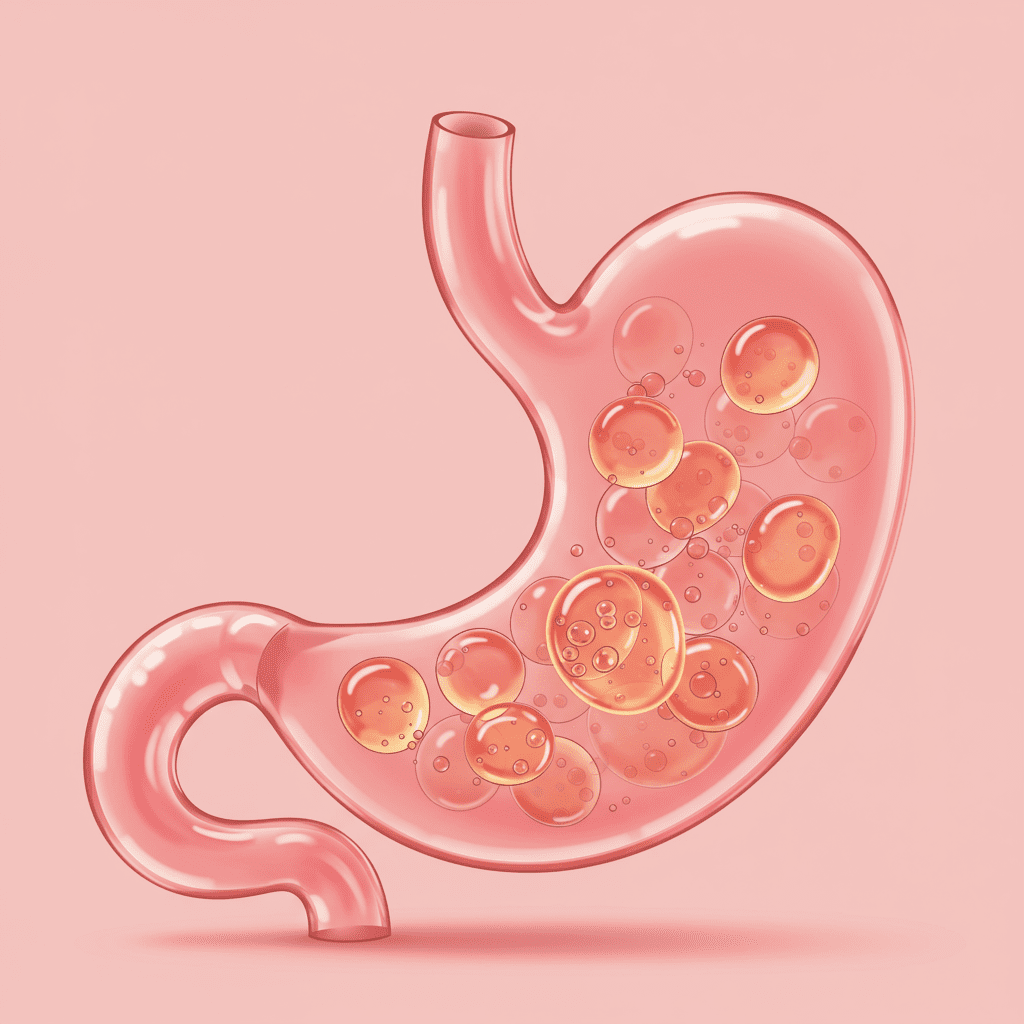
Absolutely. The most effective and healthful strategy is always a food-first approach.
It’s easier than you think to significantly increase your fiber intake through small, consistent changes. Start your day with oatmeal or a high-fiber cereal.
Add a tablespoon of ground flaxseed or chia seeds to smoothies or yogurt. Make a conscious effort to include a fruit or vegetable with every meal and snack.
Swap white bread, pasta, and rice for their whole-grain counterparts. Trying new vegetable preparations can also make eating healthy more enjoyable. Incorporate legumes like beans, lentils, and chickpeas into your meals 2-3 times a week—they are fiber powerhouses. Simple additions, like making crispy parmesan carrot sticks, can make all the difference.
A single cup of cooked black beans packs a whopping 15 grams of fiber, more than half the daily recommendation for many people, and a nutritional profile far superior to any gummy.
Conclusion
So, do fiber gummies work? They can provide a small boost of soluble fiber that may gently support regularity.
However, as a dietitian, I see them as a last-resort supplement, not a foundational health habit. Their benefits are narrow and often come with downsides like added sugar and the potential for digestive upset.
They are no substitute for the rich tapestry of nutrients, including a mix of fiber types, found in whole foods. Instead of reaching for a gummy, I encourage you to first add a handful of berries, a spoonful of seeds, or a serving of beans to your plate.
Your gut, and your entire body, will thank you for it.

[…] single two-tablespoon serving packs about 10 grams! This fiber helps you feel full and satisfied, supports digestive health, and can help stabilize blood sugar […]